PPT-One Story of 2-Eyed Seeing
Author : liane-varnes | Published Date : 2018-11-20
BC School Superintendents Association Thursday November 8 th 2018 Evan Adams MD MPH Tlaamin Nation My family Tlaamin Nation 4 Twoeyed Seeing Twoeyed Seeing
Presentation Embed Code
Download Presentation
Download Presentation The PPT/PDF document "One Story of 2-Eyed Seeing" is the property of its rightful owner. Permission is granted to download and print the materials on this website for personal, non-commercial use only, and to display it on your personal computer provided you do not modify the materials and that you retain all copyright notices contained in the materials. By downloading content from our website, you accept the terms of this agreement.
One Story of 2-Eyed Seeing: Transcript
Download Rules Of Document
"One Story of 2-Eyed Seeing"The content belongs to its owner. You may download and print it for personal use, without modification, and keep all copyright notices. By downloading, you agree to these terms.
Related Documents

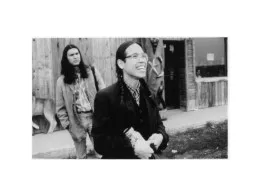
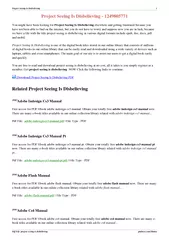
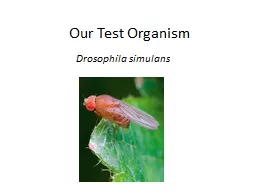
![uck: Wild-Eyed Palmer Waves Red Flag [May 8, 1920]](https://thumbs.docslides.com/217674/uck-wild-eyed-palmer-waves-red-flag-may-8-1920.jpg)
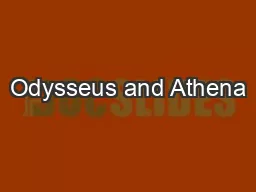
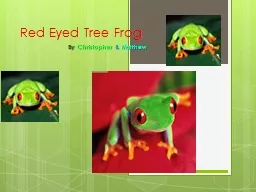
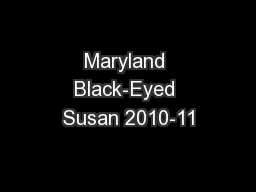
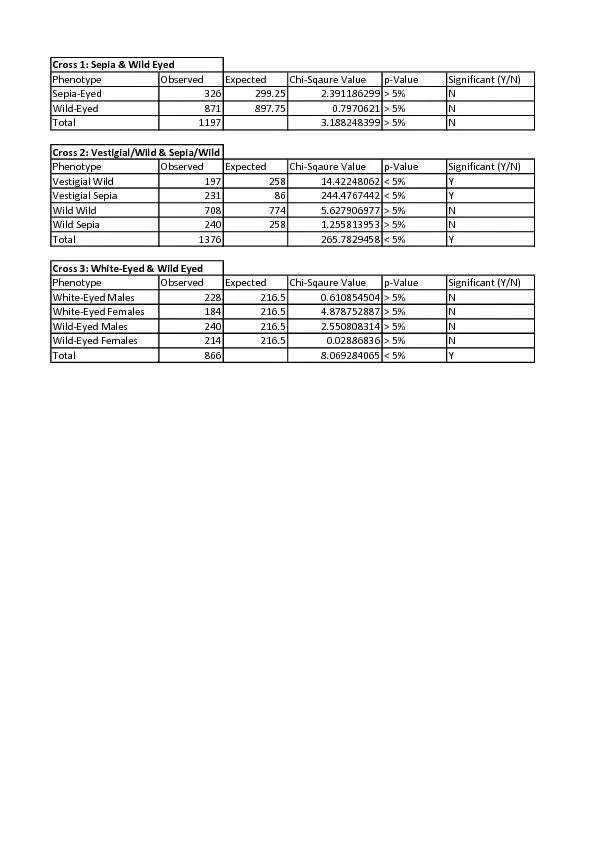
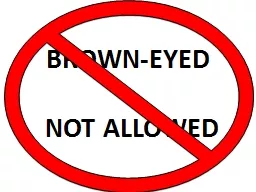
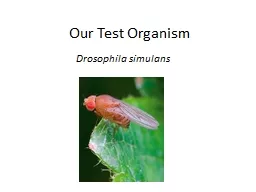
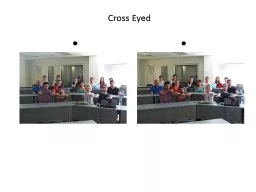

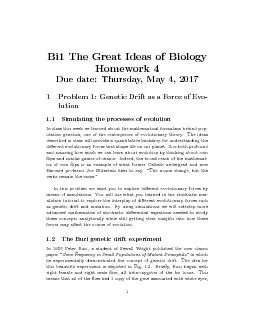
![[READ] - Leveraging Intersectionality: Seeing and Not Seeing](https://thumbs.docslides.com/905919/read-leveraging-intersectionality-seeing-and-not-seeing.jpg)